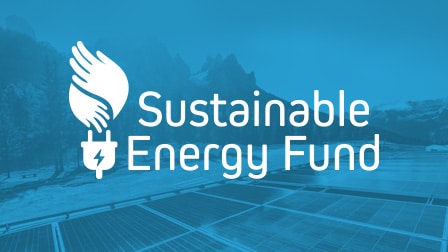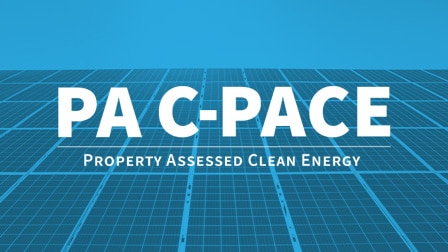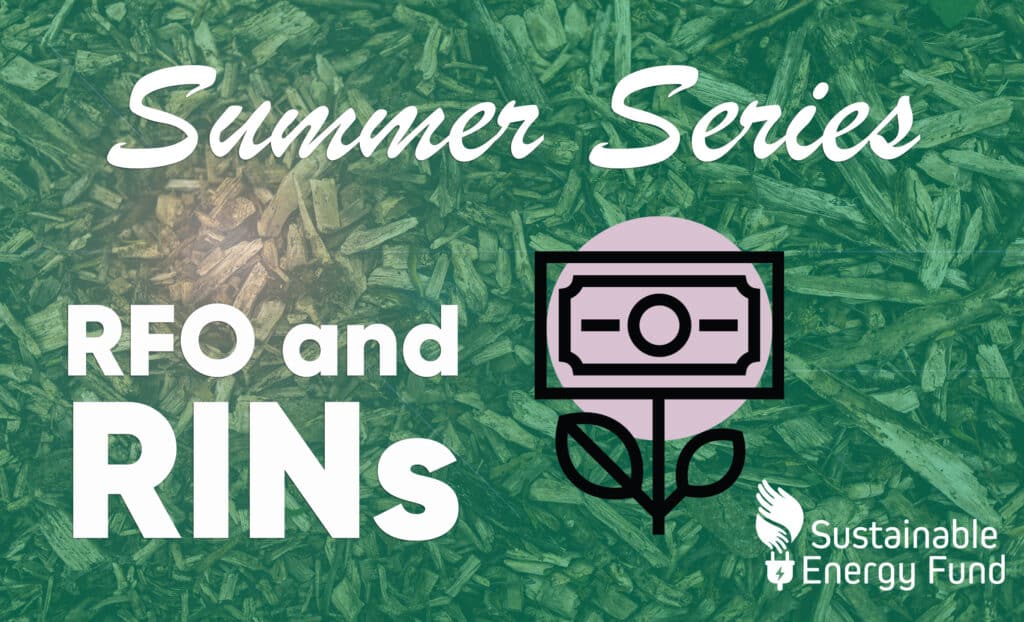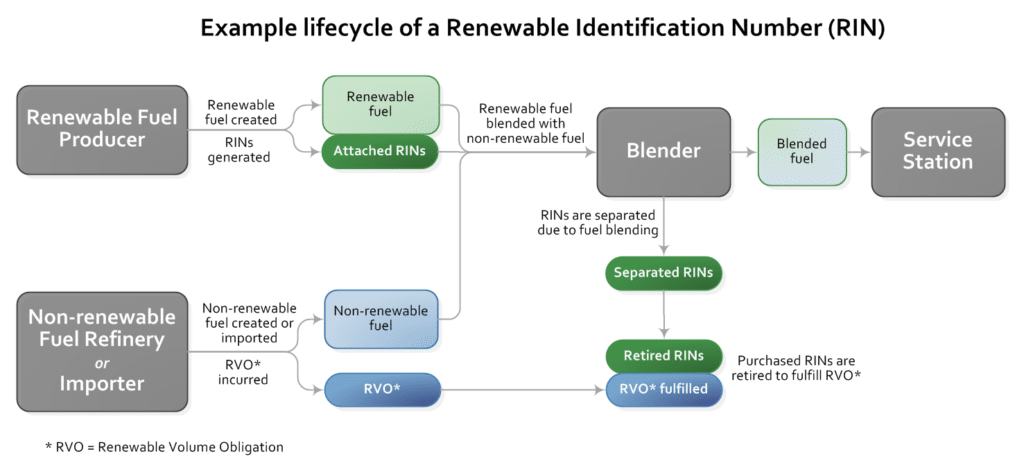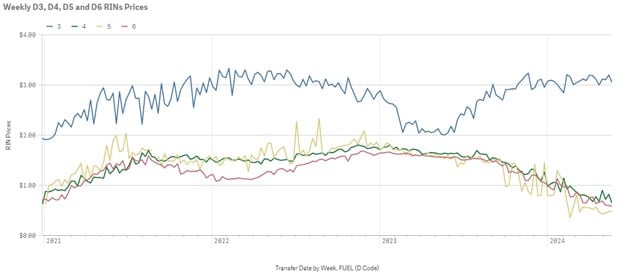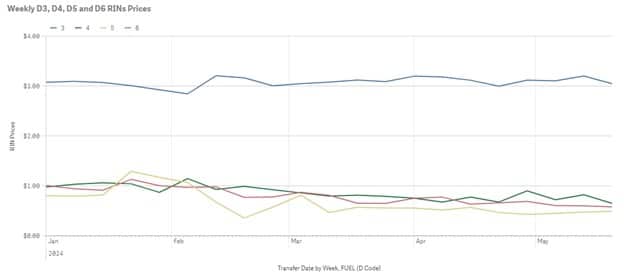Sustainable Energy Fund is pleased to announce the official dates for our 13th annual Energypath 2026, which...
» Read MoreSummer Series: All About RINs
The next entry in the Summer Series: A Deep Dive into Renewable Fuel Oil tackles RINs. Similar to RECs, RINs help fuel alternatives such as RFO stay cost competitive.
What are RINs?
Renewable identification numbers (RINs) are credits that were created by the Renewable Fuel Standard (RFS) to reduce greenhouse gas emissions and expand the US renewable fuels sector. In accordance with RFS, obligated parties (refiners or importers of diesel and gasoline) are required to meet volumetric renewable fuel targets overseen by the Environmental Protection Agency (EPA). To meet these targets, obligated parties would need to either utilize renewable fuels or purchase RINs, which are tradeable.
Similar to how a renewable energy credit (REC) represents one megawatt-hour of electricity produced from renewable sources, a RIN represents one ethanol-equivalent gallon of renewable fuel. Once a renewable fuel has been created, RINs are generated and attached to the fuel, which is then separated upon fuel consumption, allowing the party to either fulfill its renewable volume obligation or trade with another party for additional revenue. Through the RINs process, RFO become more price competitive compared to fossil fuel alternatives because producers can sell these credits, offsetting costs.
How Does RFO Qualify for the RINs Process?
To be eligible for RINs, the RFS states that the material used to create the fuel must be considered a renewable biomass, in which its obtainment meets the environmental criteria set by the federal government, ensuring that the fuel produced is renewable. The feedstock used to produce RFO can be sustainably sourced from waste wood such as forestry residues, which can qualify for RINs under the RFS.
How Does RFO Fit into the RINs Process?
The RFS divides its volumetric renewable fuel requirements for obligated parties into four categories:
- Cellulosic biofuel (D3)
- Biomass-based diesel (D4)
- Advanced biofuel (D5)
- Renewable fuel (D6)
As such, RINs are also divided accordingly. The EPA sets targets in each category for obligated parties, in which RINs of a lower D-classification can satisfy targets of a higher D-classification. For RFO production, the RINs generated are considered cellulosic diesel (D7), which can be used to satisfy D3-6 volumetric requirements. Since the D3 RIN value is usually the highest, D7 RINs from RFO production are typically valued the same as D3 RINs.
Why Is the Value for RINs Changing?
The average values for D3 RIN in 2022, 2023, and 2024 are $3.07, $2.55, and $3.09 respectively. RIN pricing tends to fluctuate with the market, but the price of gasoline is typically a good indicator of its price as they are inversely related. Various factors play a role in market perceptions within the RFS program, such as the supply and demand for RINs, the cost of renewable fuel, the cost of gasoline (cellulosic waiver credit), and the changes to the annual volumetric targets for renewable fuels.
RINs prices from 2021-2024.
RINs prices in 2024.
Call to Action
With this new development in the pipeline, SEF is actively seeking interested parties who may serve as early adopters to bring this opportunity to Pennsylvania.
Check back regularly for more info on RFO.
